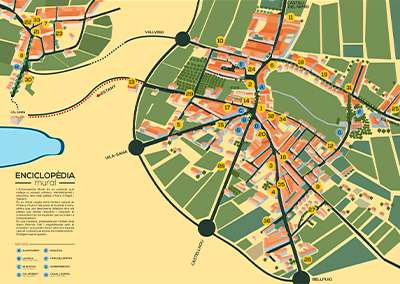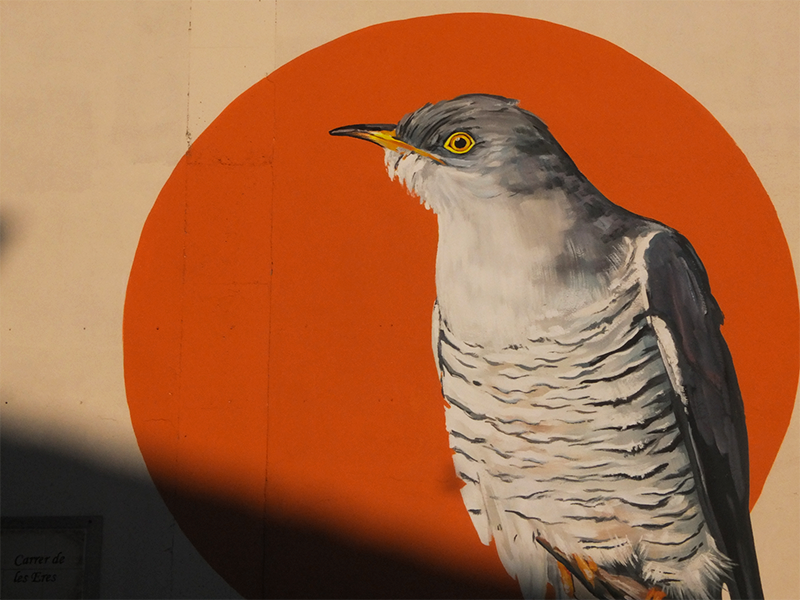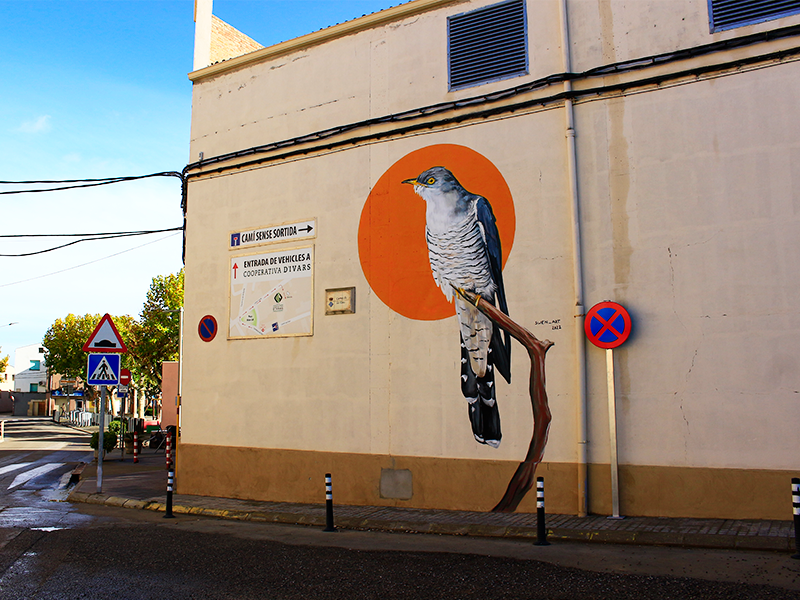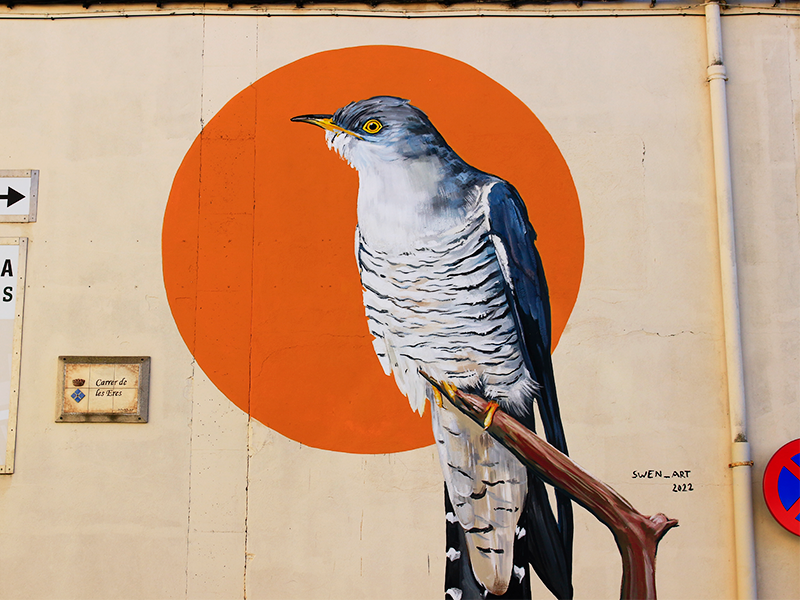32-36 cm
Common Cuckoo
Cuculus canorus
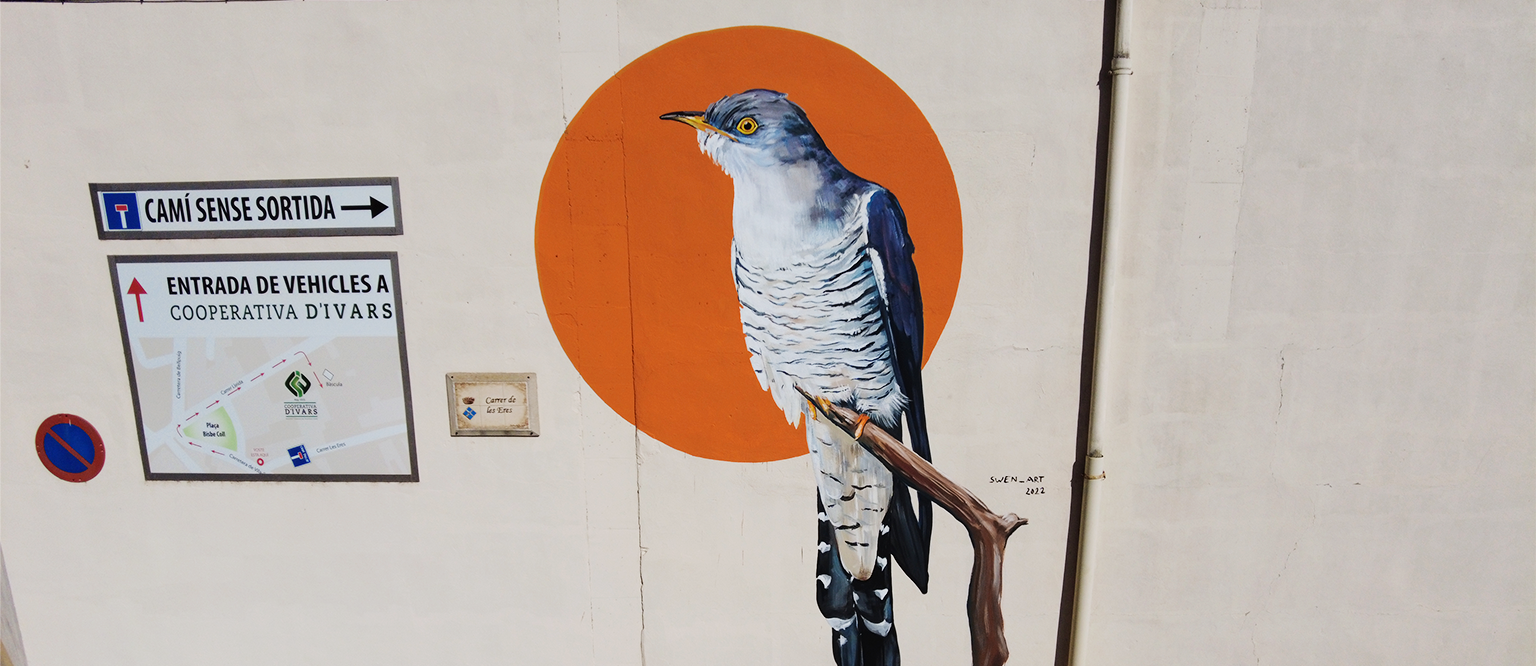




54-60 cm

minor concern

forest environments

insects, larvae, crickets
beetles, worms,
small vertebrates

uncommon
Its song makes it one of the most famous birds in the world, but few know what it looks like.
It has a parasitic breeding strategy: once mated, females seek out nests with eggs from other smaller bird species and lay one of their own, doing so in more than one nest. The adoptive parents, thanks to the mimicry of the cuckoo’s eggs, will hatch and feed the chick as if it were their own. Once the chick is born, it instinctively ejects all the eggs and chicks (if any) that surround it, until it is left alone.
The species parasitised in the Estany are usually common warblers or little nightingales, and this creates slavery for the adoptive parents, who have to feed a huge chick until, once it is an adult, it flies out of the nest singing the cuckoo!

